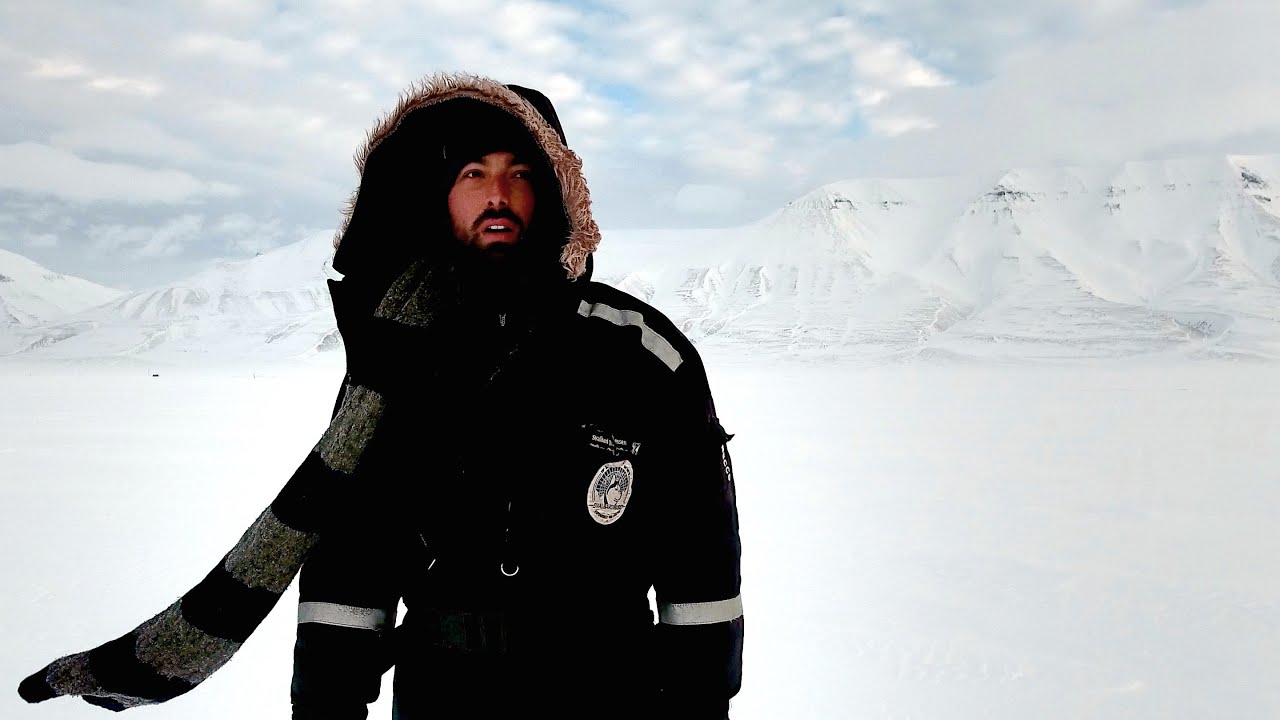The Northernmost Town on Earth (Svalbard in 4K)
Longyearbyen on Svalbard is the northernmost settlement with over 1000 residents
My trip to Norway was funded by Screen Australia, Film Victoria and Genepool Productions as part of a new project. More information soon.
More info on Svalbard: http://wke.lt/w/s/yiYNC
Music licensed from www.cuesongs.com “After Catalunya”
Spotify page: https://play.spotify.com/artist/2JnQ2AxkaRjlGCNmfkHiJd
iTunes: https://itunes.apple.com/gb/artist/emphemetry/id414183064
Captions:
Come take a walk with me around Longyearbyen, the largest town on the Norwegian islands of Svalbard.
Parts of it look familiar, but make no mistake, this place is different.
At 78 degrees North, it lies just 800 miles or 1300 kilometres from the North Pole. And with over 2,000 permanent inhabitants it is the Northernmost real town on Earth.
There are only 50km of road, including the small streets between houses, so people get around the island mainly on snowmobile.
In fact there are more registered snowmobiles than residents.
Anyone leaving town is required to travel with a gun and someone who knows how to use it because the islands are also home to polar bears.
The average daytime high is below freezing for all but four months of the year, and from the end of October to mid-February the sun doesn’t rise at all. This is the long polar night.
Living here is tough. This past December an avalanche in town destroyed 10 homes, which used to be here, killing two people.
So how did this cold, remote, ice-covered archipelago come to be inhabited?
The hills around town are rich in coal deposits that have been mined for over 100 years.
The coal was transported to the port via a series of aerial tramways some of which remain today, though they are no longer operational.
Coal is a reminder that Svalbard was not always an Arctic ice world. 360 million years ago it was actually in the tropics North of the equator. A swampy area, it was covered with the precursors to modern ferns, which were much larger than they are today, reaching 10-30 metres in height.
This vegetation was then covered in mud and sand and submerged under the sea. Over time it turned into the coal deposits that in the 20th century brought miners from Norway, Russia, and the US.
Most of the coal mines have now closed and the economy is gradually shifting towards tourism, education and research.
Tourists take trips on snowmobiles and dog sleds.
There is a university centre in Svalbard, which offers semester courses in biology, physics and geology.
And up on the side of a mountain is the Svalbard Global seed vault… but that’s a story for another time.
The locals tell me that interest in the region from different nations is increasing.
As the globe warms and Arctic ice shrinks, trade routes are opening up across the North. And Svalbard is strategically placed between North America, Asia and Europe.
One day in the future Svalbard may no longer be as cold or remote as it once was.
But for now it is a reminder of how through our ingenuity people can live in the most inhospitable of places.
Shot with a DJI Phantom 4 drone



![[ID: jvNU5bwzclI] Youtube Automatic](https://bizimtube.com/wp-content/uploads/2021/03/id-jvnu5bwzcli-youtube-automatic-236x133.jpg)
![[ID: 0yCJMt9Mx9c] Youtube Automatic](https://bizimtube.com/wp-content/uploads/2021/03/id-0ycjmt9mx9c-youtube-automatic-236x133.jpg)
![[ID: vAJM5EdDwjU] Youtube Automatic](https://bizimtube.com/wp-content/uploads/2021/03/id-vajm5eddwju-youtube-automatic-236x133.jpg)
![[ID: LxOmofEFub4] Youtube Automatic](https://bizimtube.com/wp-content/uploads/2021/03/id-lxomofefub4-youtube-automatic-236x133.jpg)
![[ID: wFAh77GBsHs] Youtube Automatic](https://bizimtube.com/wp-content/uploads/2021/03/id-wfah77gbshs-youtube-automatic-236x133.jpg)
![[ID: tjwrG4Debc4] Youtube Automatic](https://bizimtube.com/wp-content/uploads/2021/03/id-tjwrg4debc4-youtube-automatic-236x133.jpg)
![[ID: _28bYGZtnU8] Youtube Automatic](https://bizimtube.com/wp-content/uploads/2021/03/id-28bygztnu8-youtube-automatic-236x133.jpg)
![[ID: 1e7bhUjUEJ8] Youtube Automatic](https://bizimtube.com/wp-content/uploads/2021/03/id-1e7bhujuej8-youtube-automatic-236x133.jpg)
![[ID: QjyCviSKY2U] Youtube Automatic](https://bizimtube.com/wp-content/uploads/2021/03/id-qjycvisky2u-youtube-automatic-236x133.jpg)
![[ID: -5i-vB4-kFk] Youtube Automatic](https://bizimtube.com/wp-content/uploads/2021/03/id-5i-vb4-kfk-youtube-automatic-236x133.jpg)
![[ID: covHhQgr5kU] Youtube Automatic](https://bizimtube.com/wp-content/uploads/2021/03/id-covhhqgr5ku-youtube-automatic-236x133.jpg)
![[ID: mX7FEHws43A] Youtube Automatic](https://bizimtube.com/wp-content/uploads/2021/03/id-mx7fehws43a-youtube-automatic-236x133.jpg)